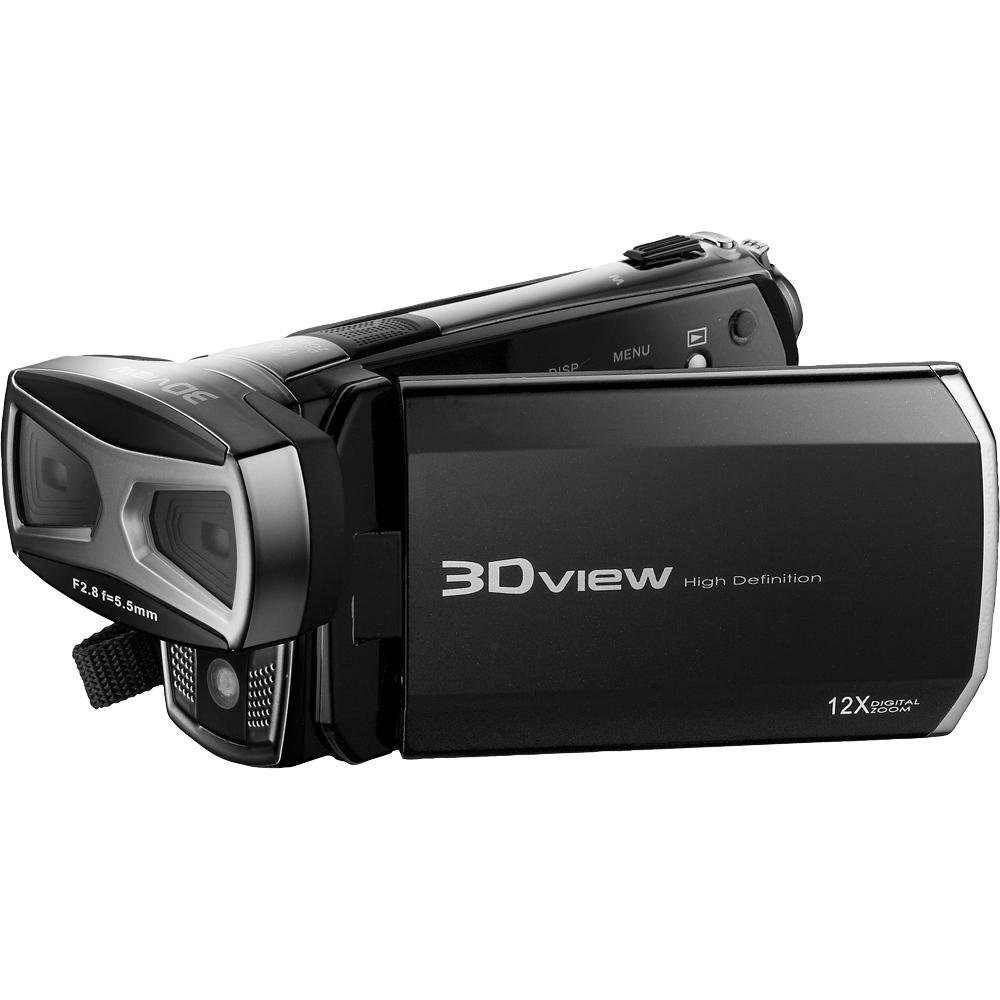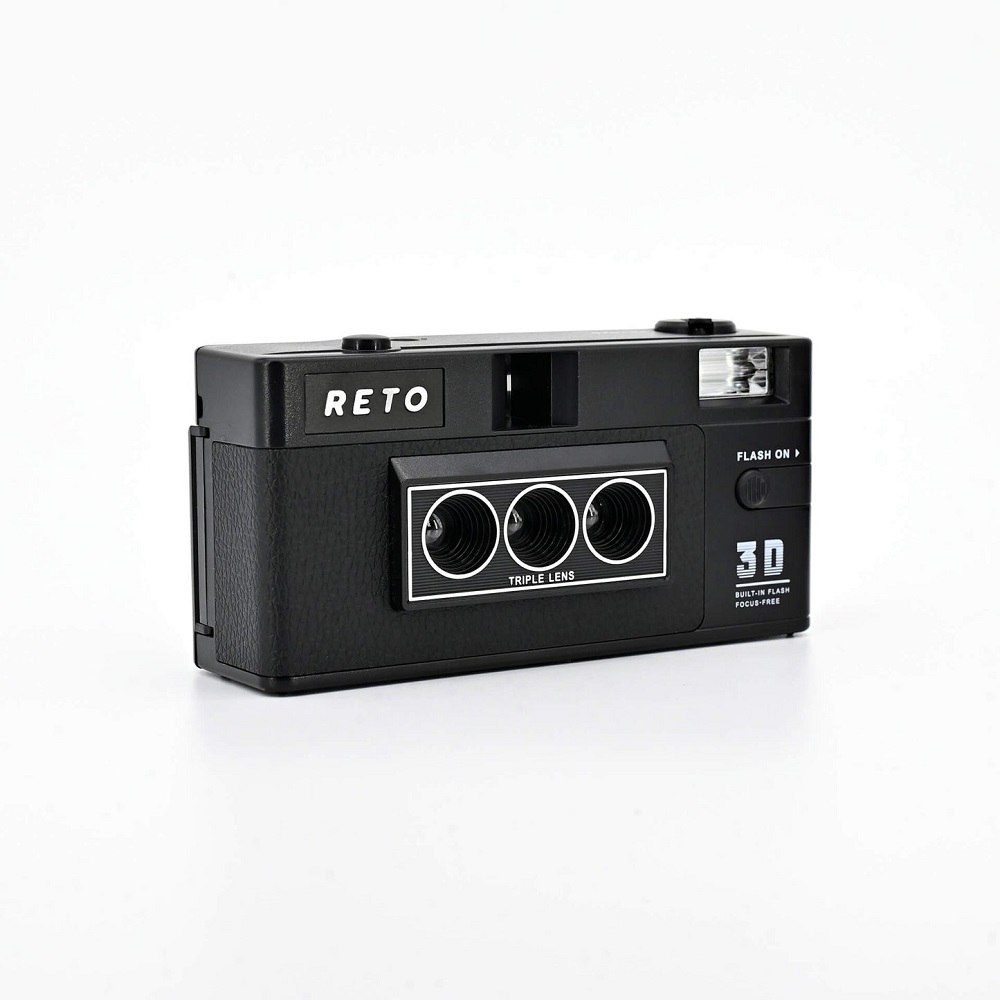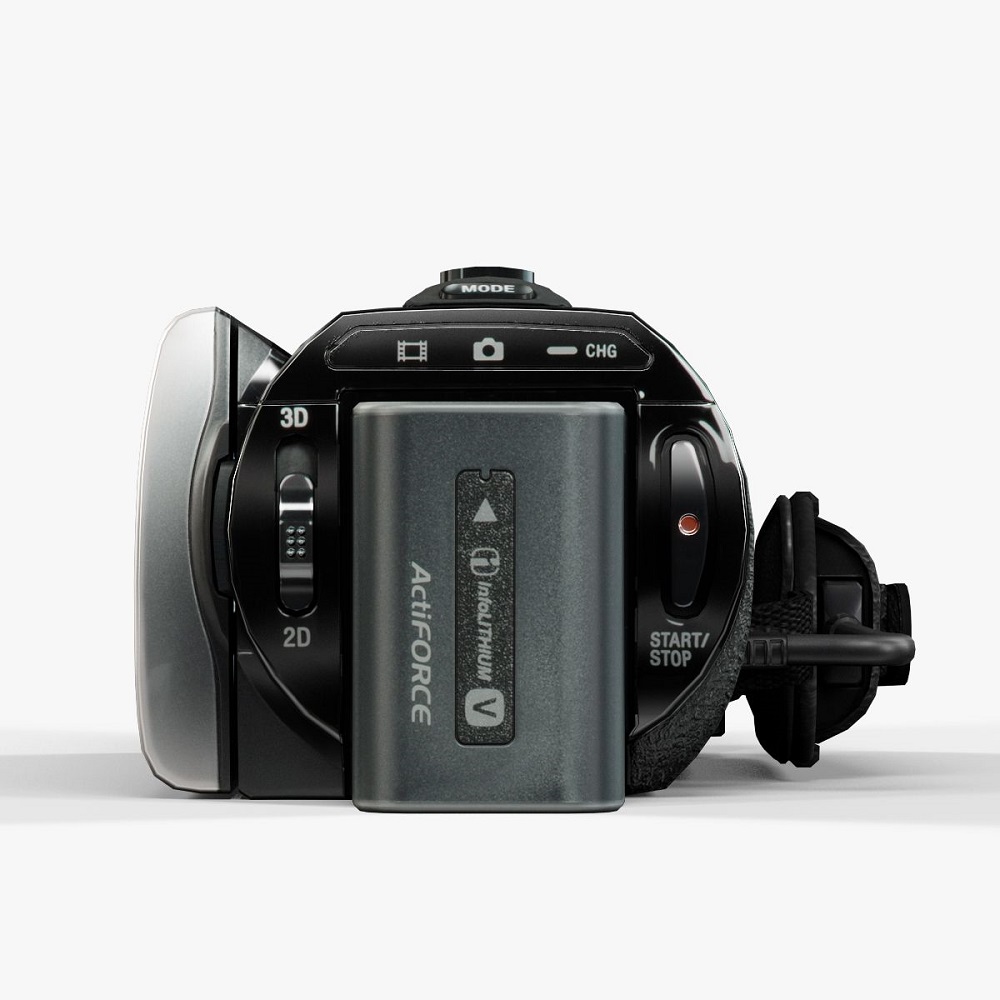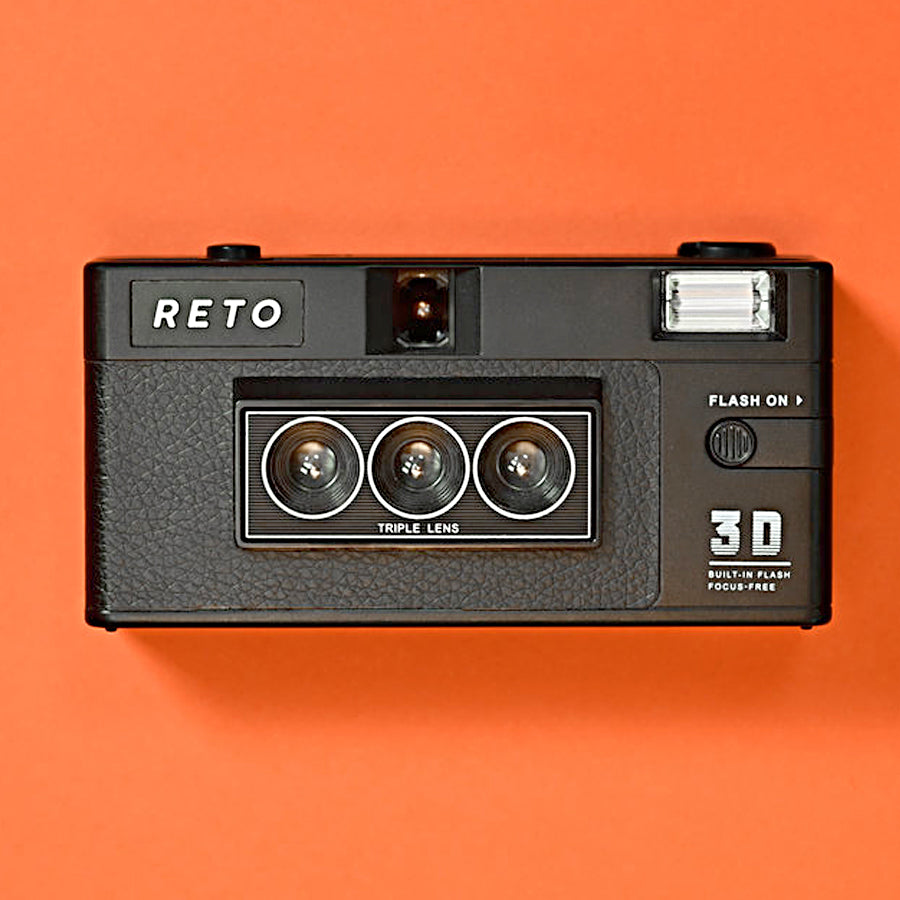In the age of advanced technology, the rise of 3D camcorders offers an exciting opportunity for filmmakers, hobbyists, and enthusiasts to create visually stunning content. A 3D camcorder captures depth and dimensionality, bringing an immersive quality to video that traditional camcorders cannot match. However, transforming your shooting experience from amateur to professional requires understanding the intricacies of the equipment, as well as mastering techniques to maximize its potential. This article will guide you through essential tips and strategies for shooting like a pro with a 3D camcorder.
Understanding Your 3D Camcorder
Explore the Features
Before diving into shooting techniques, familiarize yourself with the specific features of your 3D camcorder. Each model has unique functionalities, such as different recording formats, frame rates, and settings for depth adjustment. Understanding these features is crucial for capturing high-quality footage, as it allows you to utilize the camera to its fullest potential. Take time to read the user manual, research online reviews, and watch tutorial videos that demonstrate the specific capabilities of your camcorder. The more you know, the better equipped you will be to create outstanding content.
Learn About Depth Perception
3D filming relies heavily on depth perception, which can create a more engaging and realistic viewing experience. In a 3D camcorder, two lenses capture separate images that the brain interprets as one three-dimensional image. Understanding how to manipulate depth effectively is key to elevating your videography skills. Experiment with different distances and angles to find out how subjects appear positioned in a 3D space. Learning to control depth not only enriches your footage but also provides viewers with an immersive experience.

Setting Up Your Shots
Select the Right Location
Choosing the right location is vital in maximizing the capabilities of your 3D camcorder. Outdoor environments with ample texture, such as forests or bustling city streets, often yield stunning 3D visuals. Look for scenes with a good mix of foreground, mid-ground, and background elements to create depth. Pay attention to lighting as well. Soft, natural light generally produces better results in 3D filming, while harsh lighting can create unwelcome shadows that distract from the overall composition.
Plan Your Composition
Once you have chosen a location, take the time to plan out your shots. Just like in traditional filmmaking, composition plays a vital role in 3D videography. Use the rule of thirds to guide the placement of focal points in your shots. Incorporating layers—foreground, subject, and background—can create depth that enhances the 3D effect. Additionally, think about movement; pans and tracking shots can bring dynamic elements to your videos, making the 3D experience even more captivating. A well-composed shot can elevate your footage from amateur to professional.
Mastering Camera Settings
Optimize Your Focus
Getting the focus right is crucial for effective 3D shooting. Because 3D cameras capture images with two lenses, even slight misalignment can make your footage look off. Ensure that both lenses are calibrated and set to focus on your subject accurately. Experiment with manual focus settings to control depth more effectively. Utilizing shallow depth of field can isolate subjects and give them prominence over the background, enhancing the 3D effect.
Choose the Right Frame Rate
Frame rate can significantly impact the look and feel of your video. A standard frame rate of 24 frames per second (fps) offers a cinematic feel, while higher rates, like 60 fps, are suitable for capturing fast movements smoothly. Determine what fits your project best. Furthermore, if your camcorder supports 3D playback at variable frame rates, consider experimenting to see how it alters the perception of depth and motion. Making deliberate choices regarding frame rate can shape how your audience experiences your work.

Acquiring Steady Footage
Utilize Stabilization Equipment
Unsteady footage can detract from the immersive quality that a 3D camcorder offers. To maintain a professional standard, consider using stabilization equipment such as a tripod, gimbal, or steadicam. These tools help manage vibrations and shakes, especially when shooting in dynamic environments or while moving. This attention to stabilizing footage ensures that your viewer can fully engage with the content without being distracted by instability.
Practice Good Shooting Techniques
In addition to using equipment, improving your manual shooting technique can also help in achieving steady shots. Hold the camcorder with both hands firmly, keeping your elbows close to your body for extra support. Breathe steadily, and practice smooth, fluid movements when panning or tilting the camera. Also, try to avoid sudden changes in direction, as these can introduce jarring movements that disrupt the viewing experience. Mastering these techniques will enhance the overall quality of your shooting.
Lighting for 3D Shooting
Use Natural Light to Your Advantage
Lighting significantly impacts the quality of your footage. Natural light provides a soft, flattering effect on subjects, enhancing their appearance on camera. Early morning or late afternoon are optimal times for shooting, as the “golden hour” provides warm, diffused light. When shooting outdoors, try to place subjects in lightly shaded areas to avoid harsh shadows, which can detract from depth perception.
Artificial Light Techniques
If you’re shooting indoors or in unwanted lighting conditions, understanding how to use artificial lighting effectively is key. Employ softboxes or LED lights to create diffuse, even illumination. Avoid harsh lighting sources that create stark shadows, as these can interfere with the depth effect in 3D. Experiment with lighting angles and distances to achieve a pleasing result that adds dimension to your subjects while minimizing distracting shadows.
Post-Production Techniques
Edit for Effective Depth
Post-production is where you can refine the 3D experience. Editing software that supports 3D editing will allow you to manipulate depth and enhance visuals. Fine-tuning the separation between left and right images can correct alignment issues, making the overall experience smoother for viewers. Adding effects like depth-of-field adjustments during editing can also enhance the dimensional feel of your video, guiding the audience’s focus where it’s needed.
Consider Color Grading and Effects
Color grading can redefine the vibe of your footage and making it more captivating. When you color grade, think about how colors evoke emotions and how they appear in a 3D space. Some colors recede into the background, while others jump forward. By tweaking color balance, saturation, and contrast, you can deepen the immersive experience. You might also consider added effects like slow motion, which can emphasize the depth and fluidity of movements in your shots, making them even more engaging.

Practice Makes Perfect
Consistent Shooting
As with any skill, getting proficient in 3D videography comes down to practice. Take advantage of your camcorder by shooting as often as possible. Experiment with different settings, locations, and subjects. Start small, with short projects or daily video diaries. Through regular shooting, you’ll discover what works best for your style and begin to develop an eye for compelling composition and effective storytelling.
Learn from Feedback
Finally, seek feedback from peers, mentors, or online communities dedicated to videography. Share your work and be open to constructive criticism. Understanding how others perceive your videos can provide invaluable insights that you might have missed. This feedback loop will help you refine your skills further and contribute to your growth as a 3D videographer. Engaging with a community of creators will support your journey and inspire you to reach new heights.
Creating Stunning 3D Content
Shooting like a pro with a 3D camcorder involves a blend of knowledge, technique, and creativity. By understanding your equipment, planning your shots, mastering camera settings, and utilizing effective lighting and editing techniques, you can elevate your videography to new heights. Practice regularly and seek feedback to grow your skills over time. With commitment and experimentation, the immersive world of 3D videography awaits you, ready to captivate and engage your audience in ways traditional filming simply cannot. Whether you’re capturing the beauty of a landscape or the action of a sports event, a 3D camcorder empowers you to create stunning and memorable content.
